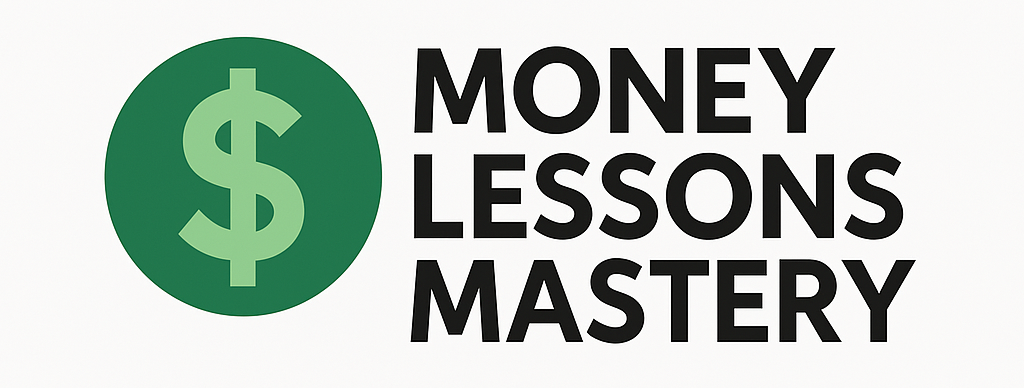When it comes to growing your wealth through investing, two major strategies dominate the conversation: active and passive investing. Each approach has its advantages and drawbacks, and understanding them can help you make informed decisions that align with your financial goals and risk tolerance.
1. What is Active Investing?
Active investing involves a hands-on approach where a portfolio manager or individual investor actively makes decisions about buying and selling stocks or other securities in an effort to beat the market average.
- Goal: Outperform the market through strategic selection and timing.
- Time Commitment: Requires ongoing research, analysis, and monitoring of investments.
- Expert Strategy: Often managed by professionals with in-depth market knowledge.
2. Pros of Active Investing
- Potential for Higher Returns: Skilled investors may be able to outperform the market and achieve greater profits.
- Flexibility: Active managers can quickly respond to market changes, economic shifts, or emerging opportunities.
- Customized Strategies: Allows for more tailored investment strategies based on personal goals or specific market sectors.
3. Cons of Active Investing
- Higher Costs: Actively managed funds often come with higher management fees and transaction costs.
- Inconsistent Performance: Beating the market consistently is difficult, even for professional managers.
- Higher Tax Impact: Frequent trading can result in short-term capital gains, leading to higher taxes.
4. What is Passive Investing?
Passive investing takes a “buy and hold” approach, typically by investing in index funds or ETFs that mirror the performance of a specific market index like the S&P 500.
- Goal: Match the market’s performance over time, not beat it.
- Low Maintenance: Ideal for long-term investors who prefer a hands-off approach.
- Low Cost: Usually involves fewer trades and lower management fees.
5. Pros of Passive Investing
- Lower Fees: Index funds and ETFs typically have very low expense ratios.
- Tax Efficiency: Fewer trades mean fewer taxable events.
- Simplicity: Easy for beginners to understand and maintain over the long term.
6. Cons of Passive Investing
- Limited Flexibility: Investors are tied to index performance and can’t adapt strategies during downturns.
- No Chance to Outperform: Passive strategies aim to match the market, not beat it.
- Market Risk: Investments are exposed to the full ups and downs of the market index.
7. Choosing the Right Strategy for You
Deciding between active and passive investing depends on several personal factors:
- Risk Tolerance: Passive investing may suit more risk-averse individuals, whereas active investing appeals to those willing to take on additional risk for potential higher returns.
- Time and Expertise: If you don’t have the time or expertise to manage your investments, passive investing might be a better choice.
- Financial Goals: Short-term goals may benefit from active strategies, while long-term goals often align well with passive investing.
Final Thoughts
Both active and passive investing have their merits and drawbacks. The best choice depends on your personal financial situation, investment experience, and goals. In many cases, a combination of both strategies—known as a hybrid approach—can provide balance and diversification. Take the time to assess your needs and consider speaking with a financial advisor to craft a strategy that works best for you.
